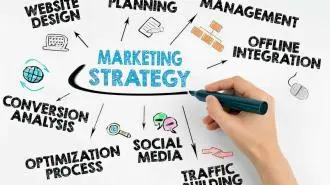Entering an existing market with a new product can be challenging, but it doesn’t have to be.
Predicting how your marketing will perform when you launch something new can be tricky. That’s where go-to-market strategies come in handy. An effective GTM strategy lets you boost conversion rates and cut down on failures.
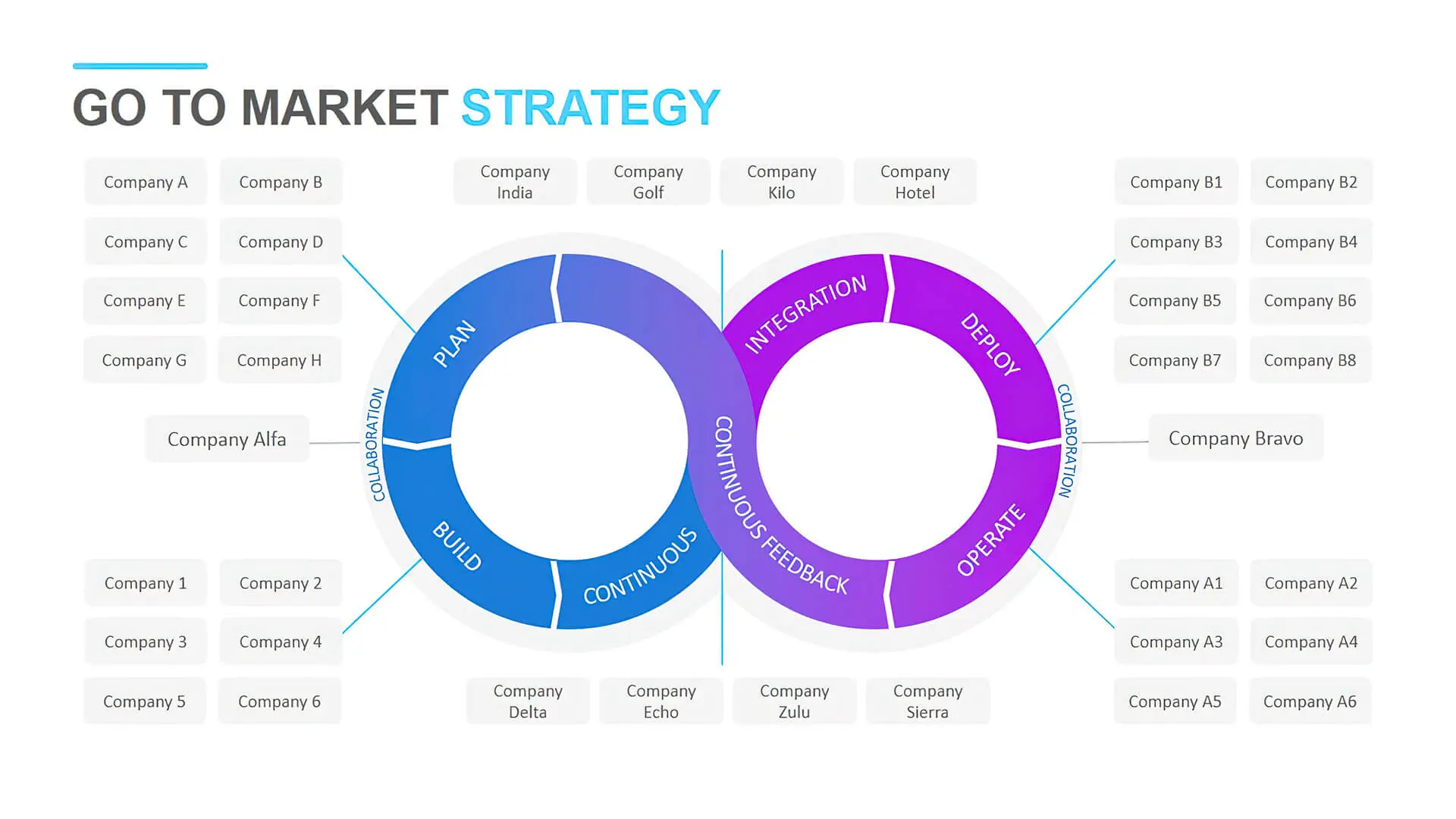
A go-to-market strategy can help you execute a successful product launch and introduce your brand to new audiences. In this article, we’ve devised a stepwise plan to help you build a personalised GTM strategy for your next successful product launch.
Want to receive updates? Sign up to our newsletter
Each time a new blog is posted, you’ll receive a notification, it’s really that simple.
But first, let’s get to know what a go-to-market strategy entails:
What Is A Go-To-Market (GTM) Strategy?
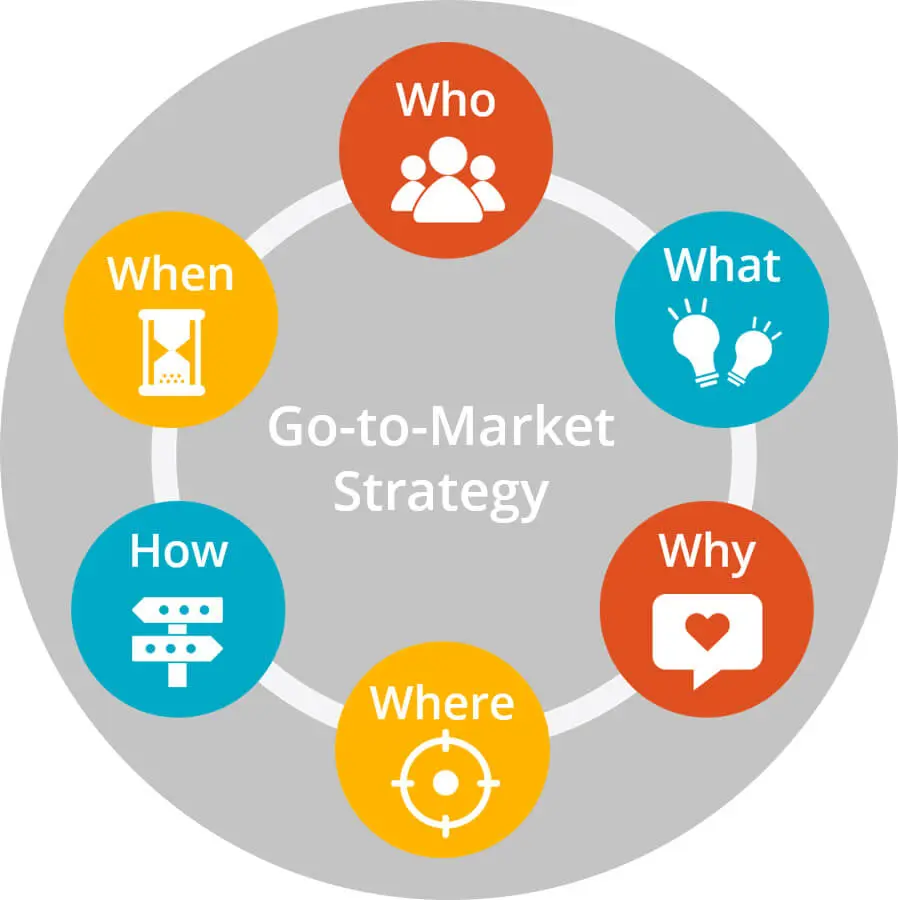
A go-to-market model refers to a stepwise plan companies create to ensure the successful launch of a new product or service, enabling them to penetrate the market effectively. Ideally, a GTM has three key aspects-
- Identifying the target audience
- Marketing Plan
- Sales strategy
A successful GTM strategy should identify a market problem and position the new product as a viable solution. The primary business objectives of using a go-to-market plan is to introduce a product to the market and engage the target audience.
A GTM plan helps companies navigate towards their desired goals and predict outcomes by aligning with a well-defined business model that aligns with the decision makers and effective marketing messaging. It can consider market research, previous examples of projects, and information on its competition to predict the performance of the new product or service.
GTM strategies can be employed for launching new physical products, tapping into existing markets, and expanding the customer base. In addition, you can also use this strategy for introducing a new service, course, company branch, or even a new business.
Take Converse, for instance. They could use a go-to-market strategy to spotlight their tropical floral and paint-splattered shoes for the summer collection. If they’re opening a new store, a tailored GTM approach could help draw in the local crowd.
Types Of Go-To-Market Strategy
When talking about go-to-market strategies, you’ll come across two types:
- Product-led GTM strategy
- Sales-led GTM strategy
Product-Led GTM Strategy
This type of GTM focuses on letting the product do the talking, attracting and retaining customers on its own. Companies believe the product’s quality drives sales and brand recognition. It’s a self-service model, allowing customers to engage with the product independently, without needing a salesperson.
Usually, this new product or service will be transformational and might address many pain points of customers. The product is packed with so much value that the customer cannot help but invest in the new launch.
Examples include:
Companies like Slack, SurveyMonkey, Calendly, and Dropbox make work easier for countless individuals. All these examples have in common that they attract the user because the product solves many customers’ headaches.
Sales-Led GTM Strategy
In the case of a sales-led GTM strategy, a company prioritises enhancing marketing techniques to generate interest in the product. It determines an effective distribution model to reach the target audience. The action plan relies on salespeople reaching out to prospective buyers with the eventual goal of converting them into actual customers for the product in question.
Examples include:
Companies like Cognism and various other business-to-business (B2B) enterprises employ a sales-led GTM strategy to target and acquire new potential customers within the B2B sector. Allocating resources to a sales team increases the company’s likelihood of engaging with potential customers, converting them, and minimising customer acquisition cost. Also, there is better control over how the user interacts with the product when using a sales-led go-to-market strategy.
What’s The Difference Between GTM Strategy And Marketing Strategy?
The terms “Product Marketing” and “Go To Market” are sometimes used synonymously, but they are different.
Go-To-Market Strategy
Simply put, a GTM is a go-to-market strategy or plan focused on new product launches by the company. One can use a GTM plan when there is a need to break into a new market. The strategy is product-specific and targets the audience bringing the product to market most interested in this new release.
In other words, a Go-To-Market strategy is a short-term plan usually applied once (at the launch of a new product or service).
Go-To-Market Strategy Example:
Back in the day, when Microsoft launched Surface Pro 3, the company implemented a go-to-market strategy. The plan was created specifically for this product or service launch, the Surface third-generation tablet, which introduced a new solution by launching a product to the market problem.
While previous tablet models existed, these existing products did not have all the features of a computer, and this is what Microsoft targeted in its GTM strategy.
Marketing Strategy
Conversely, a company’s marketing strategy covers all the action plans to grow the business. It’s the bigger picture, used to build the brand, spark interest, and reach the right audience.
Compared to GTM, a marketing strategy is a long-term list of plans and actions the company will continue using, even without an upcoming launch.
Marketing Strategy Example:
Ulta Beauty uses a loyalty program that allows customers to purchase reward points. This system does not change when a new cosmetic range is introduced to the market. Instead, the company uses this “Ultimate” reward system to build continuous customer relationships over the years.
Why Do You Need A Go-To-Market Strategy?
Every business aims to grow and improve, but new launches carry risks. Creating new products or services requires significant time, effort, resources, and money—none of which are easily spared by any company.
This is why it is crucial to customise a go-to-market plan backed by consumer research, especially one that fits your budget. A GTM can give you the roadmap to achieving the goal for the new product launch. Also, it can keep mistakes at a minimum by referencing previous models and selecting distribution channels and strategies that work.
Your product might be top-notch, but it’ll still need a solid strategy to reach the right people. Remember, no GTM strategy works like magic. It’s about being prepared, ironing out the kinks, and tweaking plans before launching.
Example:
Apple may be a renowned company today, but years ago, the company developed the Apple Lisa computer, which was pretty much a flop. It is said that poor advertising techniques and its exorbitant price (despite lower processing power) contributed to its failure.
Critical Components Of A Go-To-Market Strategy
Once you have an exciting new product in mind, carefully personalise a GTM strategy to maximise your chances of success. After all, you don’t want to go through the pain of finishing and launching the project without the right people’s attention. Hence, some aspects will make or break your prospects of surviving through the competition.
You’ll need to dive deep and understand the following:
- Your ideal audience/customer
- The demand for your product
- Your competition
- Your pricing strategy
- Best ways to reach your ideal customer
So, how do you get a well-rounded understanding of all these components? We’ll take you through eight steps that will help you build a go-to-market strategy for your next launch-
8 Steps To Build Your Go-To-Market Strategy
Step 1: Identify The Problem Area
If there’s one key takeaway for any new launch, it is this — your new product should solve at least one existing problem. On top of that, narrowing it down to a specific issue will make the product or service unique and something that will appeal to a prospective customer.
The Problem
People have trouble hailing taxis and waste time looking for an available one on the street.
The Solution
Uber designs a system that eliminates the process of waiting on the street for long hours. It solves two problems — the issue of taxi availability and also helps customers save time by booking a car from an app.
The company offers a unique solution to the existing problem and takes care of customer pain points. This resonates with users, which means it has the potential to become a common feature in their daily life to make things easier.
Product-Market Fit
Another thing to remember is when Uber launched the app and marketed it as a hassle-free travel solution. So, there was an ongoing demand at the time, and a useful solution had not arrived yet.
The ability of a product to “match” or “fit” the exact needs of the consumers is called product-market or product to market fit. You can say it is the degree to which the service/product meets the demand from the market.
Anyone who wants to rise above competitors must understand product-market fit thoroughly to prevent wasting time, effort, and money. This is what we mean by “identifying the problem area” — companies need to figure out the following:
- What is the problem area?
- For whom is it a problem?
Once these questions are answered, you can build confidence that your product will reach the right audience and solve their issues.
Step 2: Determine Your Target Audience/Customer
There is no point rushing into a GTM launch for the sake of it. In the same vein as the first step, you’ll need to understand the target audience better. Why is knowing your audience important, you ask? Let’s say that making a product and expecting everyone to buy it is like shooting arrows into the sky and hoping to catch a bird eventually.
Instead, you need to narrow your audience and get a glimpse of their everyday problems. Ask the three key questions-
- Which people have the problems that your product solves?
- What are the specific problems that your product tackles?
- How much money can your target customer pay for a solution?
You can define the target audience with questions like these, which will help you design the product based on their needs. We suggest using the buyer persona and ideal customer profile methods to understand your audience.
Buyer Persona
Although you can try to determine a specific type of audience, there will always be several types of customers, each different from the other. These individuals may not have the same issues and goals, so you should create buyer personas.
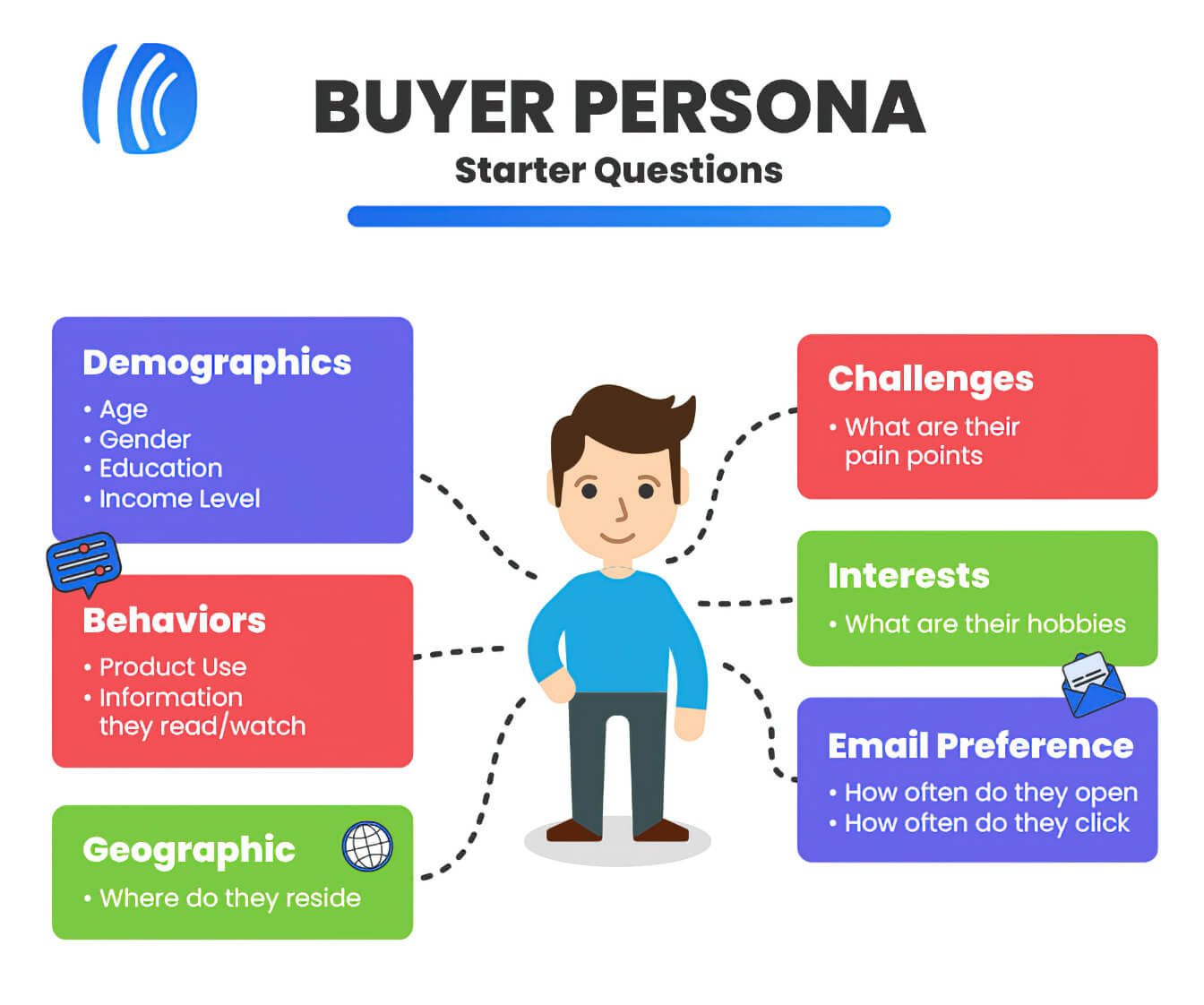
Differentiating between the types of people that fall into your target audience helps you get perspective from a different angle. You realise that these are real people with individual needs that you are looking to fulfil. Once you have a range of buyer personas for your company, it becomes easier to customise a product for their needs.
Here’s an example of a movie theatre company launching a new app for booking tickets online-
Buyer Persona — Individual That Values Good Experiences
- Between the ages of 18 – 30
- Goes with partner/friend
- Willing to buy refreshments
- Willing to pay extra for upgraded seats
- Appreciates lounge area
- You can book movie tickets online easily
Ideal Customer Profile (ICP)
Building an ICP will help you construct a perfect mock customer who will benefit from your product. This customer already knows its challenges, is actively searching for a fix, and can afford to buy your product.
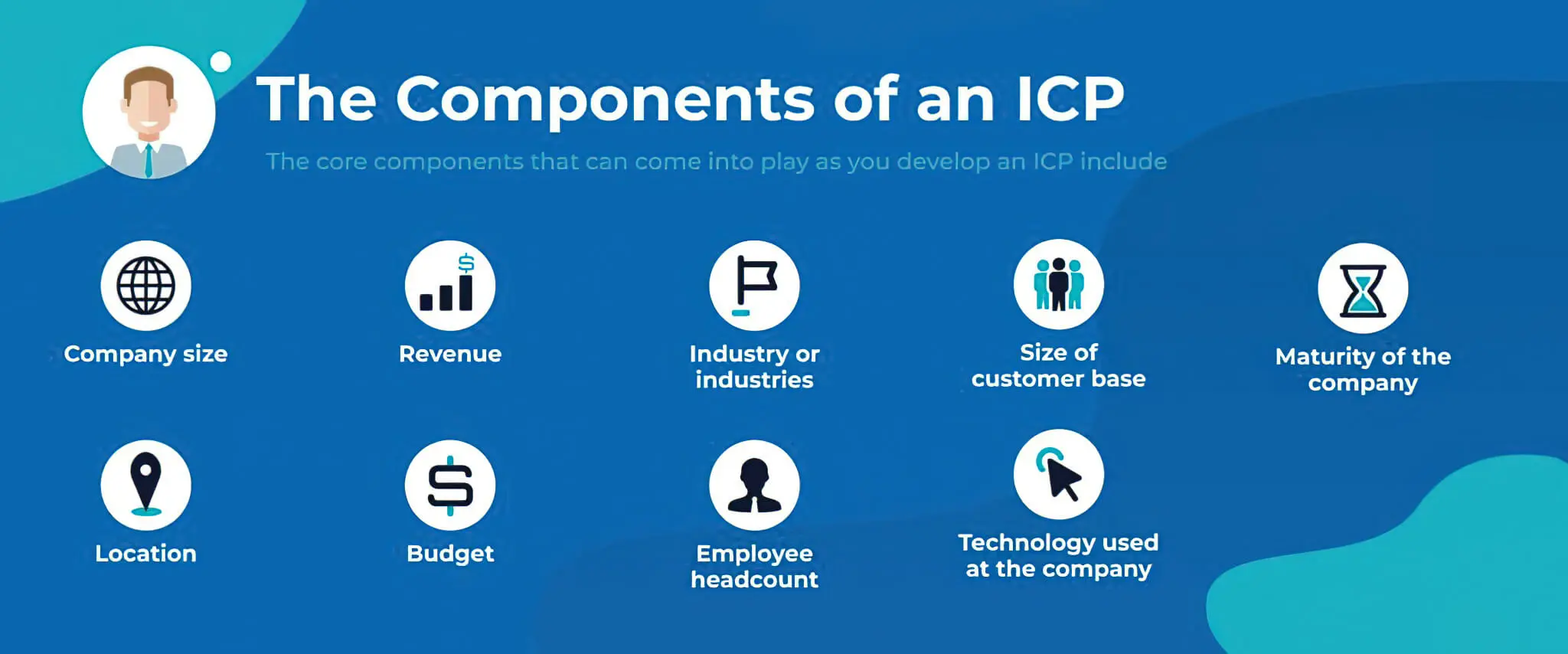
To personalise an ideal customer profile for your company, here are a few points you can research about:
1. Location
Where does your customer live? Asking this can help you include regional changes based on the customer’s preference. For instance, a fitness app can consist of training videos in Spanish if they realise that most of its audience is from Spain.
2. Demographic
Are you selling products to individuals or businesses? If you are targeting individuals, determine the demographic type they fall into. For a daycare centre, the target audience is parents and families with children below five years of age.
If you need to sell to a particular business or industry, narrow it down by type — SaaS, legal, or financial businesses.
3. Pain Point
What is the exact issue that your audience is not able to overcome? For example, Trello’s co-working and managing app could be marketed toward small startups and freelancers to help them communicate efficiently with clients.
4. Budget
Before you price products, determine the amount the audience has to spare. This aspect can vary significantly between brands and can be heavily influenced by brand perception on the market. For instance, high-end car companies like Cadillac are synonymous with luxurious experiences so the price will stay higher than regular cars.
5. Decision-Making
Who within your customer base decides to purchase products and why? If a head of the business (like a CEO) takes all the purchasing decisions, you may want to know about them.
Similarly, if your audience prefers to buy products via referrals and recommendations from online influencers, it is best to reach out to the right people to promote your product.
Apart from these points, you should consider the business sizes and preferred media sources you are comfortable working with. If your ideal customers are active users of Instagram, you need to refocus media marketing through that platform to reach them.
Step 3: Research About Product Demand And Competitors
You need to investigate further after getting a clear picture of potential customers and your value proposition for the target market. Before planning the product details, look into the market, current trends, demands, and existing competition.
If your area of interest does not have enough demand, the best marketing and sales teams may be unable to pull you through. Also, excessive competition will reduce your customer group and limit the number of users you can attract.
Here are a few questions that you should contemplate-
- Is there a genuine demand for your product?
- Does another company offer products or services similar to yours?
- If yes, who are they?
- Which audience/demographic/region do similar companies target?
- Is your product or service different from the competitors?
- If yes, how is it different?
- Do you offer something different to the target market that competitors cannot do?
After thorough research, you can achieve a competitive advantage via your customised go-to-market strategy. Conducting a competitive analysis allows you to compare your competitor’s market strategy with your own and find areas for improvement.
Step 4: Determine Your Key Message To Target Market
Another important factor that needs careful consideration is the key message you wish to convey to potential product users. At this point, you will have a range of buyer personas to cater to, and the best approach is to create personalised messages for each customer base.
This gives your message a human touch and connects to the target customers individually instead of feeling like a generic message.
A. Value Matrix
At this step of your GTM strategy, you’ll need to make a value matrix. In essence, a value matrix distinguishes individual buyer personas, their pain points, your key message, and your value proposition for a competitive advantage in the market. This compilation shows how your product or service can tackle users’ problems.
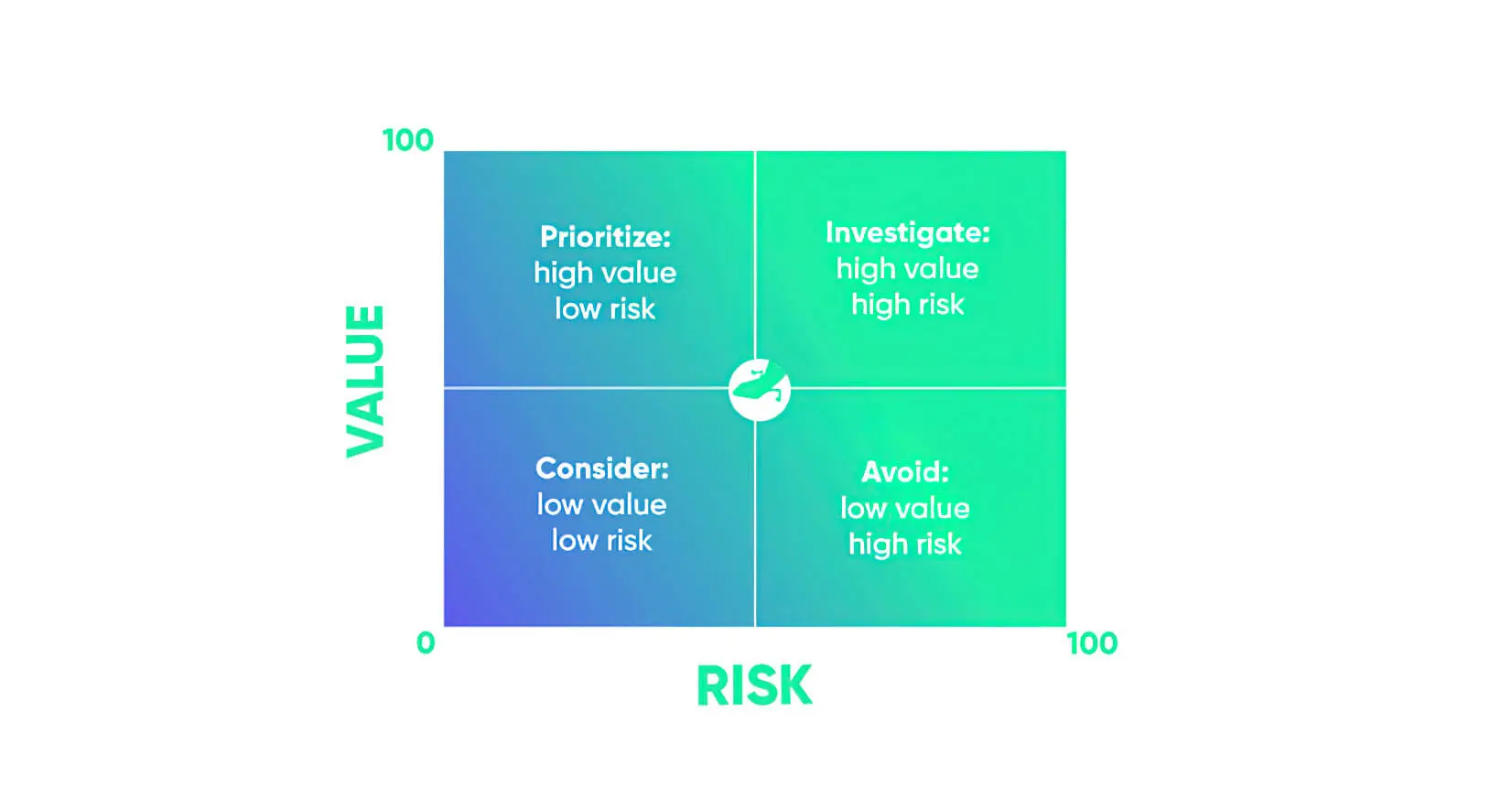
Let’s use the movie theatre example again to understand what a value matrix might look like. The “Individual That Values Good Experiences” is one buyer persona the movie theatre company created based on an individual who will pay extra for activities. This persona will spend on upgrades and snacks if the experience is good.
B. Pain Points
- “Good experience” may not be easy to define in the online space
- Cancellations are not possible in case of changed plans
C. Product Solutions
- App that allows users to rate and review movie-going experiences
- Cancellations are permitted via the app if plans change
D. Key Message
- The app provides good experiences to movie-goers and allows for stress-free bookings.
- Complete the same exercise for all your buyer personas, and your value matrix will be complete.
Step 5: Track the Buyer’s Journey
Any go-to-market strategy will be incomplete without mapping new and existing customers’ paths to use your product or service. To understand the experience of target customers, you need to step in their shoes and follow the problem, consider the solution, and decide to purchase your product.
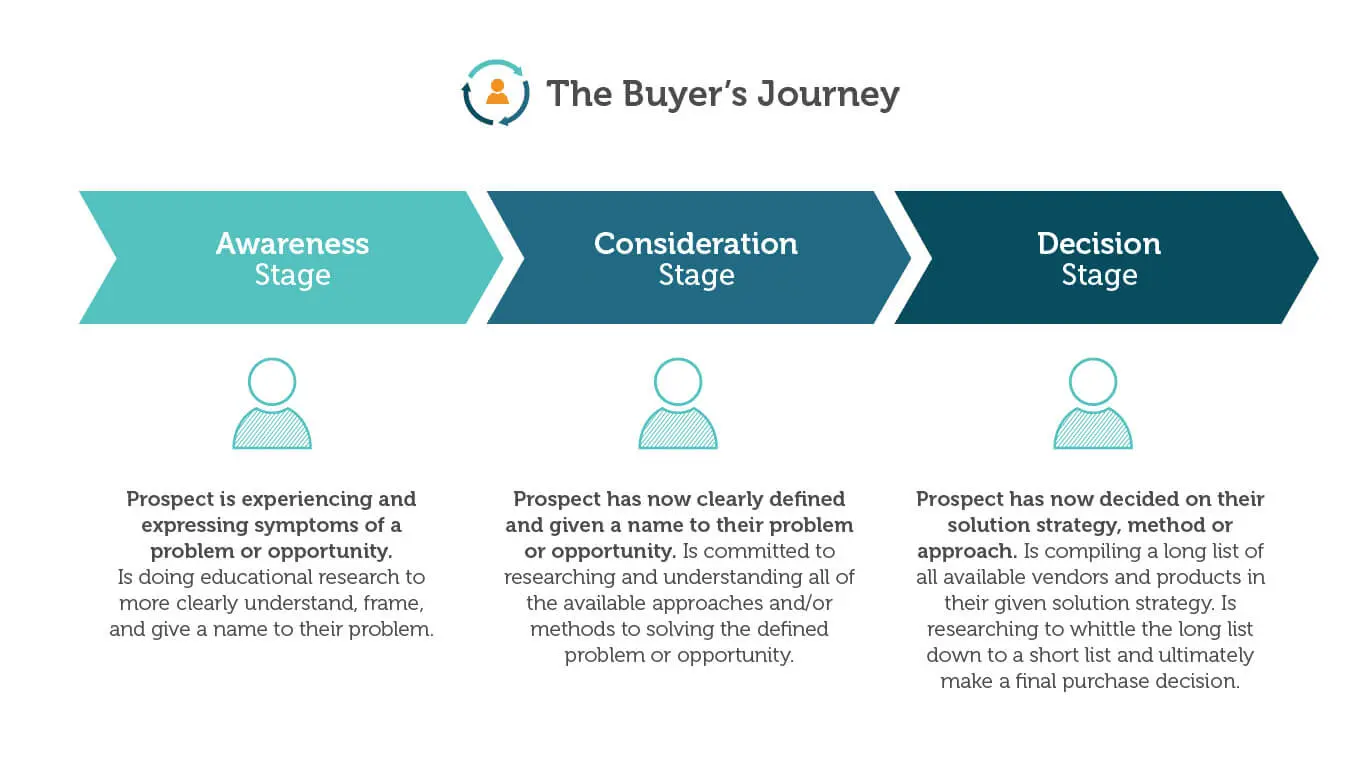
Getting the buying process right is essential in content marketing since it tells you which content works on marketing platforms. Besides, the buyer’s journey also gives you a glimpse of the market trends and helps you generate correctly-timed content that connects with the target market.
You can divide the buyer’s journey into three parts:
Top Of Funnel
In this phase, customers are aware of issues and actively seek solutions. Since they may not know about your product, this is the best time to reach target customers and introduce your company. Lead generation, as a result, can get the attention of the right customers.
Middle Of Funnel
At this stage, customers compare your product and service against other options, and you must persuade them that your product is superior.
Bottom Of Funnel
The buying decision lies with the customer, and your aim should encourage them to finalise the decision.
Step 6: Select Your Marketing Channels
A successful go-to-market strategy uses marketing channels or distribution to increase your product’s demand. You will be using several types of content to allow the flow of new customers down the sales funnel.
Marketing channels include blogs, paid search ads, social media, SEO (search engine optimisation) content, and emails to gain traffic and promote their products. Generally, your target audience and new potential customer behaviour will help you select a marketing strategy.
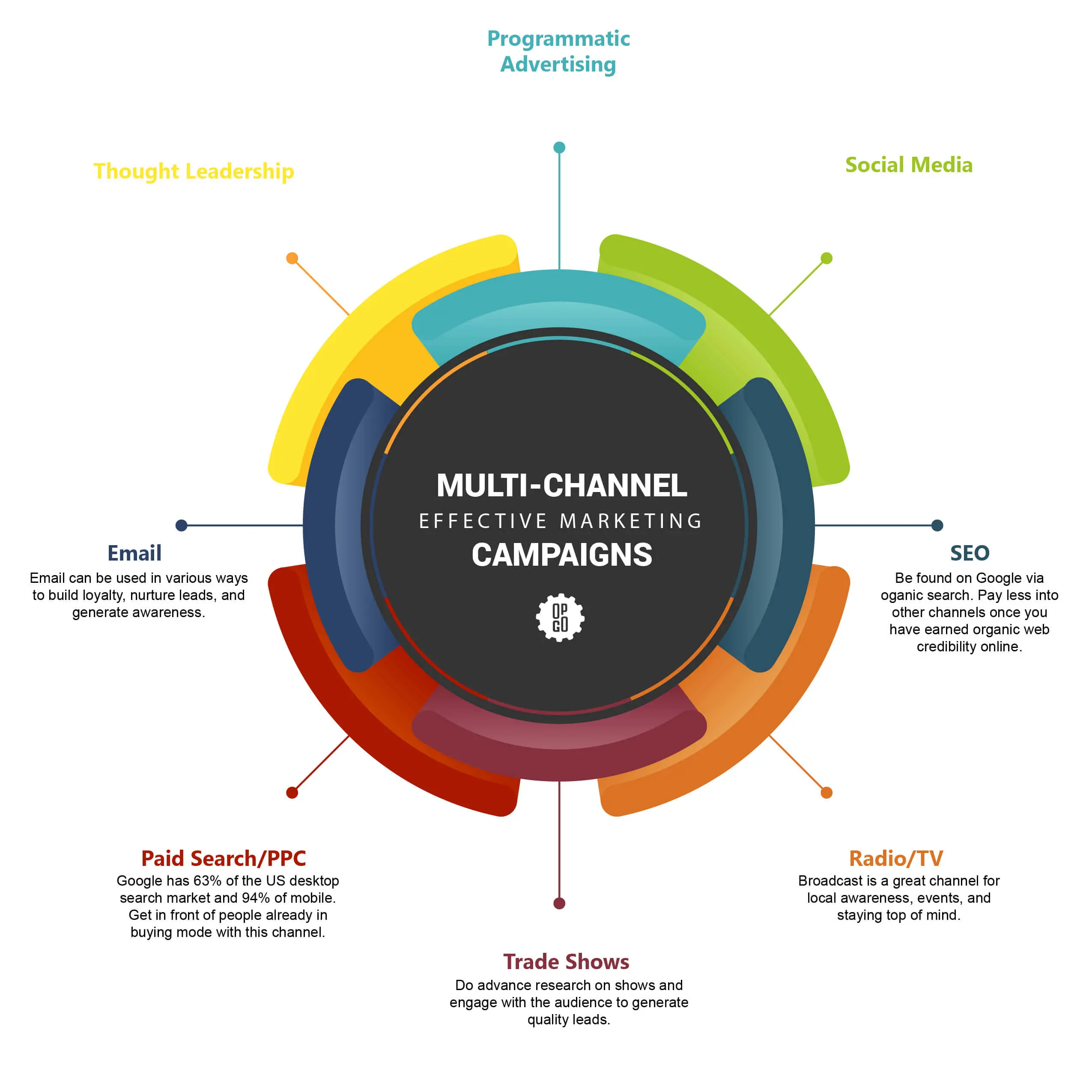
Marketing Channels For Ideal Audience
The methods you use to connect with existing customers and a new target audience should align with the customer. You need to know how and when the target audience consumes content and understand their preferred methods.
For instance, if your ideal customers use Facebook instead of Instagram, investing in Facebook paid ads would make more sense to get your message across. In the same way, opting for paid Instagram content when not many of your target audience will interact will be a waste of money and resources.
Using Various Marketing Channels For All Phases Of Buyer’s Journey
You’ve already seen what to do at different marketing funnel stages, but different channels can encourage them to move through the funnel. This means you can use additional marketing content to move the customer further down the funnel, depending on where they stand currently.
A good example of moving top-of-funnel users to the next section is the use of search engine optimisation. If your optimised content ranks higher, there is a good chance of new customers discovering your company from Google Searches. This gives you direct funnelling of new potential customers to the website, where they are introduced to your brand for the first time.
Providing valuable content to the customer will most likely pull them down the funnel regarding the middle-of-funnel phases. For instance, you can give them case studies and offer free webinars because they will consider your product over other options.
Finally, bottom-of-funnel phases work well with free limited-day trials of your product because the customer feels the need to narrow down their search. If they like your services, they are more likely to select the free trial and stay for the paid ones.
Step 7: Make A Sales Plan
Remember your purpose of creating a go-to-market strategy — to bring in sales. Ultimately, the success of all your hard work depends on the number of sales the product or service makes. Although we have discussed two aspects previously, here’s a total of four common sales models:
A. Inside Sales Model
The sales team plays a significant role in building relationships with new customers and convincing them to become purchasing customers.
B. Self-Service Model
In this sales model, the customer does everything on their own. Everything from searching the website to choosing the product can be done without the involvement of a salesperson. Most eCommerce platforms allow buyers to add any product to their cart for purchase by selecting it from the product list.
While this model is cost-effective, you will still need to spend some money on marketing to maximise traffic on your site.
C. Channel Model
You can get an external partner to close your sales in the channel sales model. Several companies prefer this because it does not cost much, but you don’t have much say in the selling process. There is, however, the scope for doing well if you shake hands with the right people.
Let’s say you have a jewellery store; a partner dealing with women’s fashion accessories is likelier to sell many of your pieces.
D. Field Sales Model
The field sales model requires a longer sales cycle, so you must invest much more money for a better result.
Step 8: Lay Out Clear Goals
The final step to a successful go-to-market strategy is clearly defined goals with measurable timelines and a measure of progress. We think you’ll agree that it can be challenging to understand whether the plan is working without a clear goal.
Try using one of these frameworks to measure the progress of your company-
1. Key Performance Indicators (KPIs)
KPIs can quantitatively track your progress. You can keep track of all purchases and ad clicks for any new product.
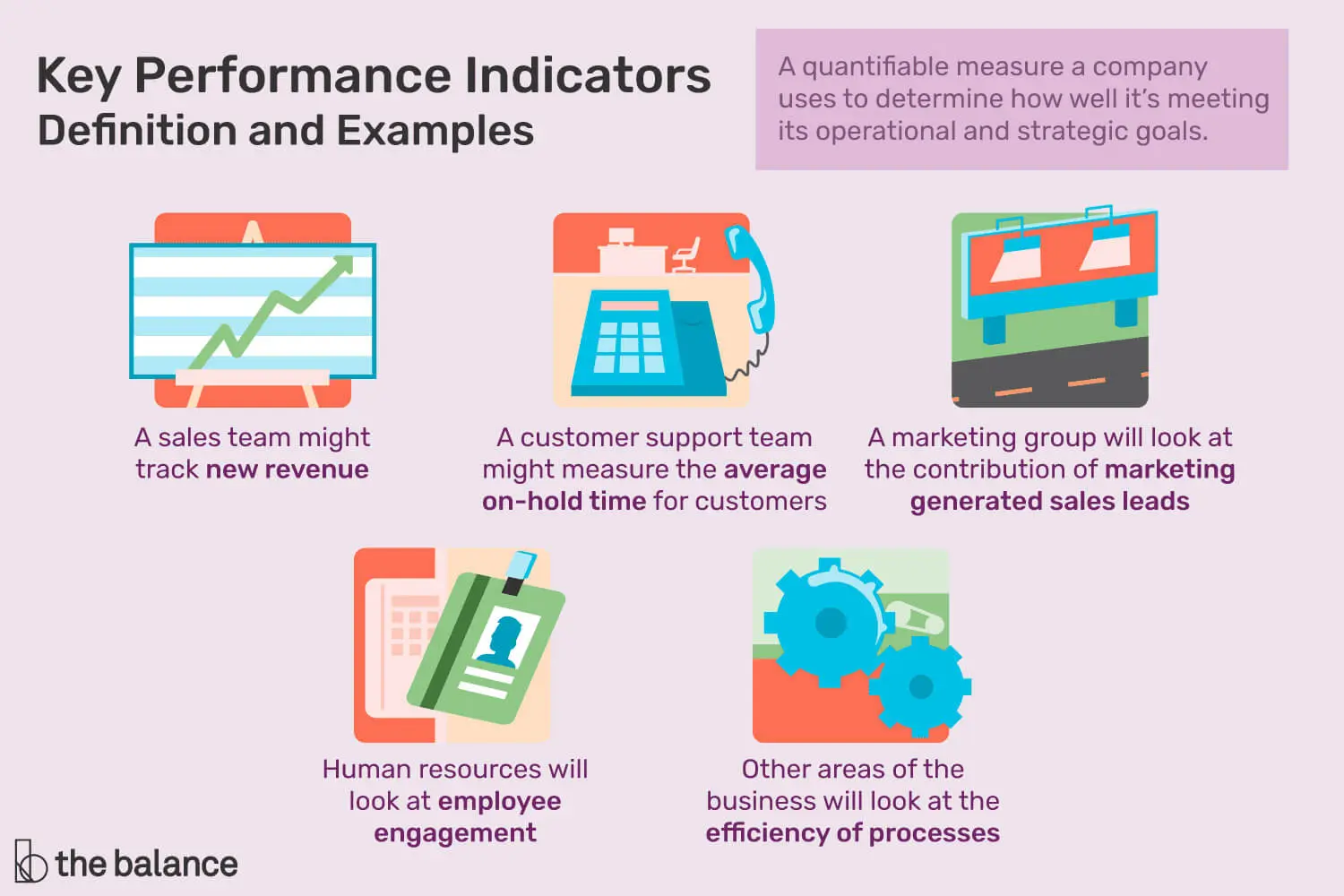
2. SMART Goals
SMART is an acronym that stands for specific, measurable, achievable, realistic, and time-bound. We think this is the easiest way to create a business goal, and it considers all the essential aspects. An example can be “A total of 1 million app downloads and 30 thousand new active accounts.”
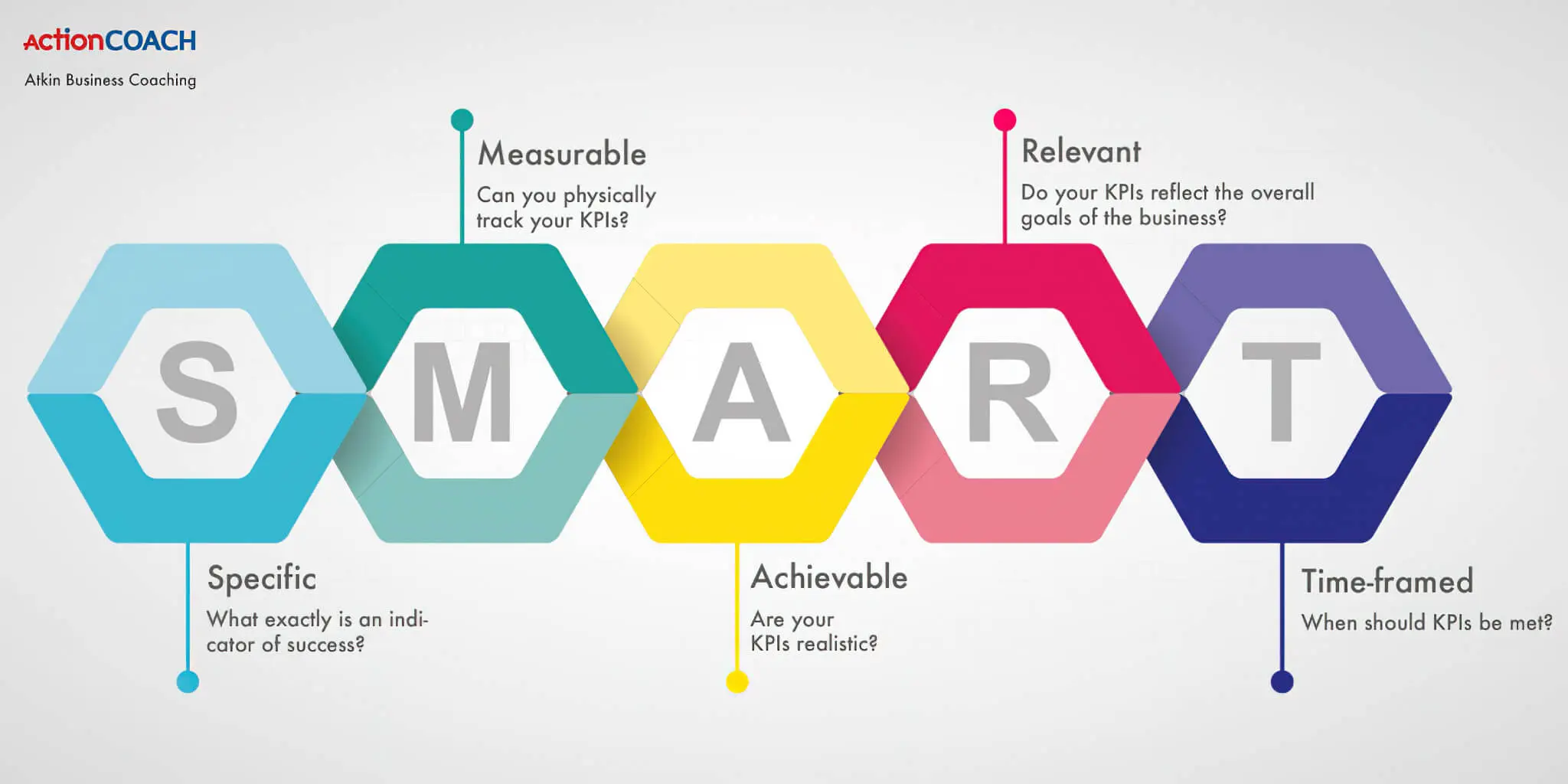
Developing Your GTM
Developing a new product from scratch is a significant undertaking that demands substantial investments and the collaboration of a skilled marketing team. But once you have a method and a solid plan of action, it gives you a lot to work with. What follows is a connection with your existing audience and the ability to attract new ones with a well-planned go-to-market strategy.
We know you are excited to break into the market with a brand new product, but get the basics of GTM strategies in place, and the task will get much more manageable. Not to mention, a strategic plan will improve your chances of success immensely.
It is always best to speak to a knowledgeable individual, and at sitecentre®, we’re here to help! Get in touch with us for any assistance you need with your marketing strategy or SEO. We are a team of highly experienced and dedicated professionals committed to helping small Australian businesses succeed.
That’s all for today, folks. Cheers!

